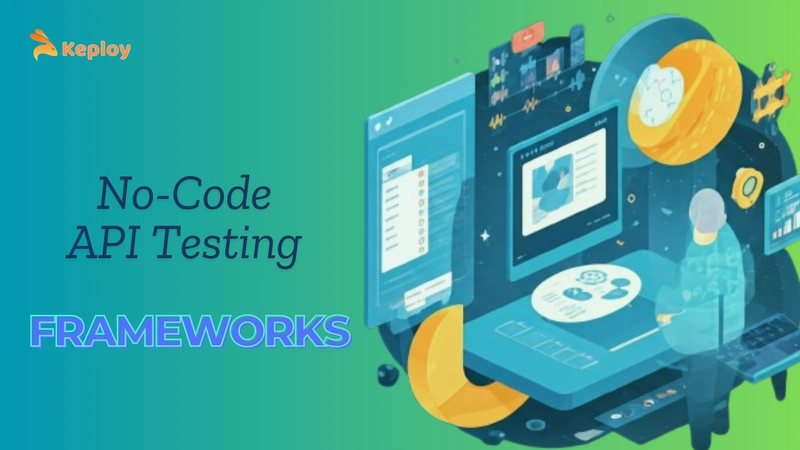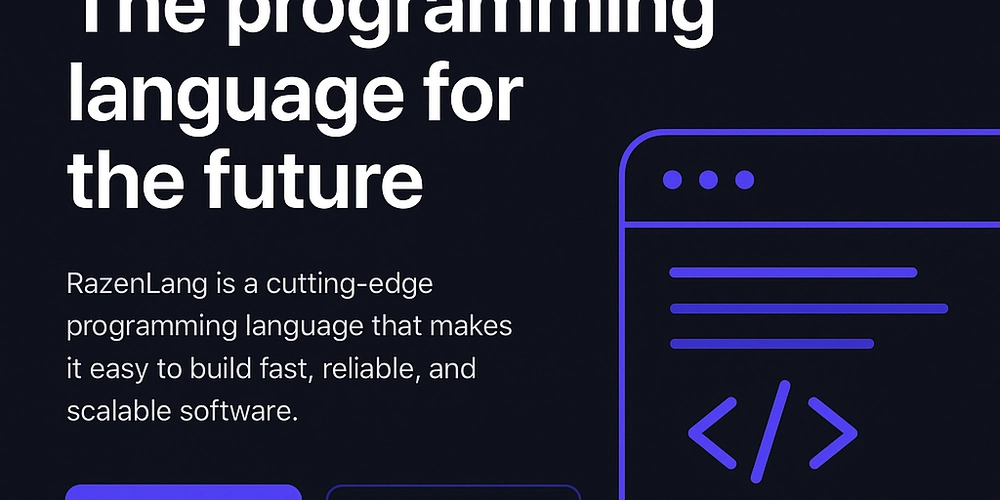No-Code API: Simplifying Integrations Without Coding*
No-code APIs are revolutionizing the way businesses and developers interact with software, enabling seamless integrations without requiring programming knowledge. As automation and digital transformation become essential, no code APIs offer an efficient way to connect applications and streamline workflows without the complexity of traditional development. What is a No-Code API? A no-code API allows users to connect applications, automate workflows, and build integrations without writing code. Instead of relying on complex programming, these platforms offer visual tools and drag-and-drop interfaces, making API integration accessible to non-technical users. Why No-Code APIs Are Gaining Popularity The rise of no-code development is driven by the need for faster solutions, reduced dependency on developers, and the growing demand for automation across industries. Businesses are looking for efficient ways to enhance productivity, and no-code APIs provide a simple yet powerful alternative to traditional API development. Benefits of No-Code APIs Faster Development: No-code APIs enable businesses to build and deploy solutions quickly, eliminating long development cycles. Cost-Effective: Reducing the need for specialized developers can save significant costs, making automation more affordable for small and medium-sized businesses. User-Friendly: Intuitive interfaces make API integrations accessible to non-technical users, enabling more teams to implement automation without relying on IT departments. Scalability: No-code platforms often support enterprise-level integrations, ensuring seamless growth and adaptability for businesses. Use Cases of No-Code APIs Business Automation: Automate repetitive tasks and workflows across different platforms without manual coding. E-commerce Integrations: Connect payment gateways, CRMs, and order management systems easily to enhance operational efficiency. Marketing Automation: Sync tools like email marketing platforms, CRM, and analytics to create seamless marketing campaigns. Data Processing: Transform and analyze data without building complex backend logic, enabling real-time insights and better decision-making. Popular No-Code API Platforms Zapier: Automates tasks by connecting thousands of apps with simple workflows, reducing manual work. Make (Integromat): Offers advanced automation and workflow customization, making it ideal for complex integrations. Bubble: A no-code platform that allows building full-fledged web apps with API integrations, making development accessible for non-coders. Parabola: Focuses on data automation and processing without coding, simplifying data transformations and reporting. Limitations of No-Code APIs While no-code APIs offer flexibility, they may have limitations in customization, scalability, and complex logic handling compared to traditional coding methods. Advanced functionality, security concerns, and deep customization may require some level of coding expertise or a hybrid approach. Future of No-Code API Development As AI and automation technologies advance, no-code APIs will continue to evolve, making development even more accessible and efficient for businesses of all sizes. The growing demand for automation and seamless integrations suggests a future where no-code tools play a vital role in software development and business operations. Conclusion No-code APIs are transforming digital workflows, enabling rapid innovation without technical barriers. With the right tools, businesses can automate processes and build integrations effortlessly, reducing time and costs while increasing efficiency. Whether for startups or enterprises, no-code APIs are a game-changer in the automation landscape.

No-code APIs are revolutionizing the way businesses and developers interact with software, enabling seamless integrations without requiring programming knowledge. As automation and digital transformation become essential, no code APIs offer an efficient way to connect applications and streamline workflows without the complexity of traditional development.
What is a No-Code API?
A no-code API allows users to connect applications, automate workflows, and build integrations without writing code. Instead of relying on complex programming, these platforms offer visual tools and drag-and-drop interfaces, making API integration accessible to non-technical users.
Why No-Code APIs Are Gaining Popularity
The rise of no-code development is driven by the need for faster solutions, reduced dependency on developers, and the growing demand for automation across industries. Businesses are looking for efficient ways to enhance productivity, and no-code APIs provide a simple yet powerful alternative to traditional API development.
Benefits of No-Code APIs
- Faster Development: No-code APIs enable businesses to build and deploy solutions quickly, eliminating long development cycles.
- Cost-Effective: Reducing the need for specialized developers can save significant costs, making automation more affordable for small and medium-sized businesses.
- User-Friendly: Intuitive interfaces make API integrations accessible to non-technical users, enabling more teams to implement automation without relying on IT departments.
- Scalability: No-code platforms often support enterprise-level integrations, ensuring seamless growth and adaptability for businesses.
Use Cases of No-Code APIs
- Business Automation: Automate repetitive tasks and workflows across different platforms without manual coding.
- E-commerce Integrations: Connect payment gateways, CRMs, and order management systems easily to enhance operational efficiency.
- Marketing Automation: Sync tools like email marketing platforms, CRM, and analytics to create seamless marketing campaigns.
- Data Processing: Transform and analyze data without building complex backend logic, enabling real-time insights and better decision-making.
Popular No-Code API Platforms
- Zapier: Automates tasks by connecting thousands of apps with simple workflows, reducing manual work.
- Make (Integromat): Offers advanced automation and workflow customization, making it ideal for complex integrations.
- Bubble: A no-code platform that allows building full-fledged web apps with API integrations, making development accessible for non-coders.
- Parabola: Focuses on data automation and processing without coding, simplifying data transformations and reporting.
Limitations of No-Code APIs
While no-code APIs offer flexibility, they may have limitations in customization, scalability, and complex logic handling compared to traditional coding methods. Advanced functionality, security concerns, and deep customization may require some level of coding expertise or a hybrid approach.
Future of No-Code API Development
As AI and automation technologies advance, no-code APIs will continue to evolve, making development even more accessible and efficient for businesses of all sizes. The growing demand for automation and seamless integrations suggests a future where no-code tools play a vital role in software development and business operations.
Conclusion
No-code APIs are transforming digital workflows, enabling rapid innovation without technical barriers. With the right tools, businesses can automate processes and build integrations effortlessly, reducing time and costs while increasing efficiency. Whether for startups or enterprises, no-code APIs are a game-changer in the automation landscape.












































































































































































![[The AI Show Episode 142]: ChatGPT’s New Image Generator, Studio Ghibli Craze and Backlash, Gemini 2.5, OpenAI Academy, 4o Updates, Vibe Marketing & xAI Acquires X](https://www.marketingaiinstitute.com/hubfs/ep%20142%20cover.png)



























































































































![[FREE EBOOKS] The Kubernetes Bible, The Ultimate Linux Shell Scripting Guide & Four More Best Selling Titles](https://www.javacodegeeks.com/wp-content/uploads/2012/12/jcg-logo.jpg)



![From drop-out to software architect with Jason Lengstorf [Podcast #167]](https://cdn.hashnode.com/res/hashnode/image/upload/v1743796461357/f3d19cd7-e6f5-4d7c-8bfc-eb974bc8da68.png?#)





































































































.png?#)





.jpg?#)
































_Christophe_Coat_Alamy.jpg?#)







































































































![Rapidus in Talks With Apple as It Accelerates Toward 2nm Chip Production [Report]](https://www.iclarified.com/images/news/96937/96937/96937-640.jpg)








































































































































